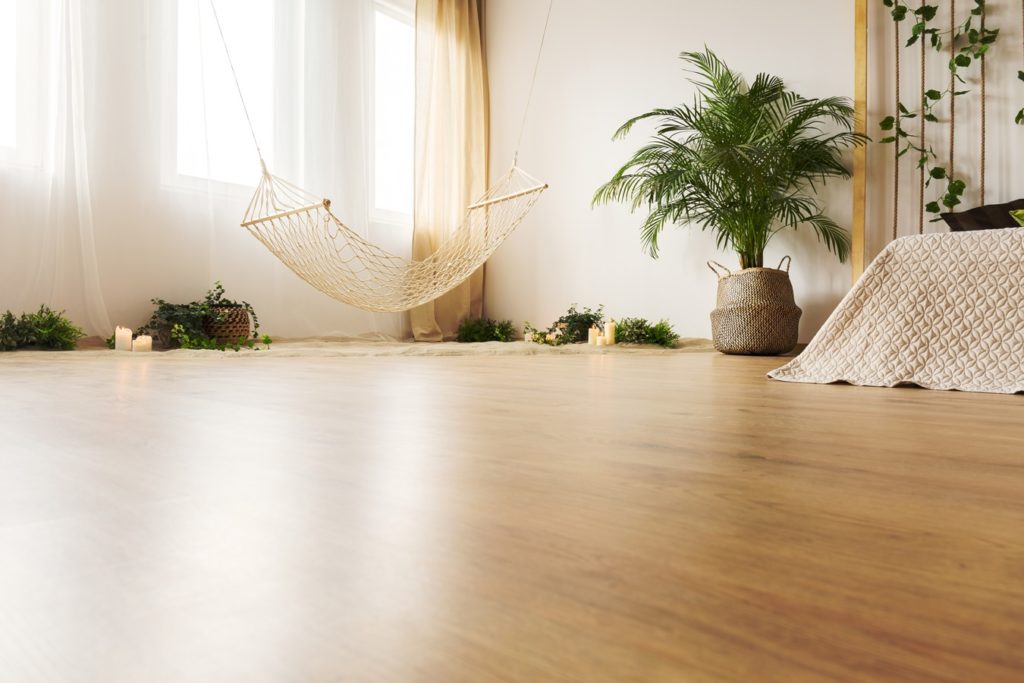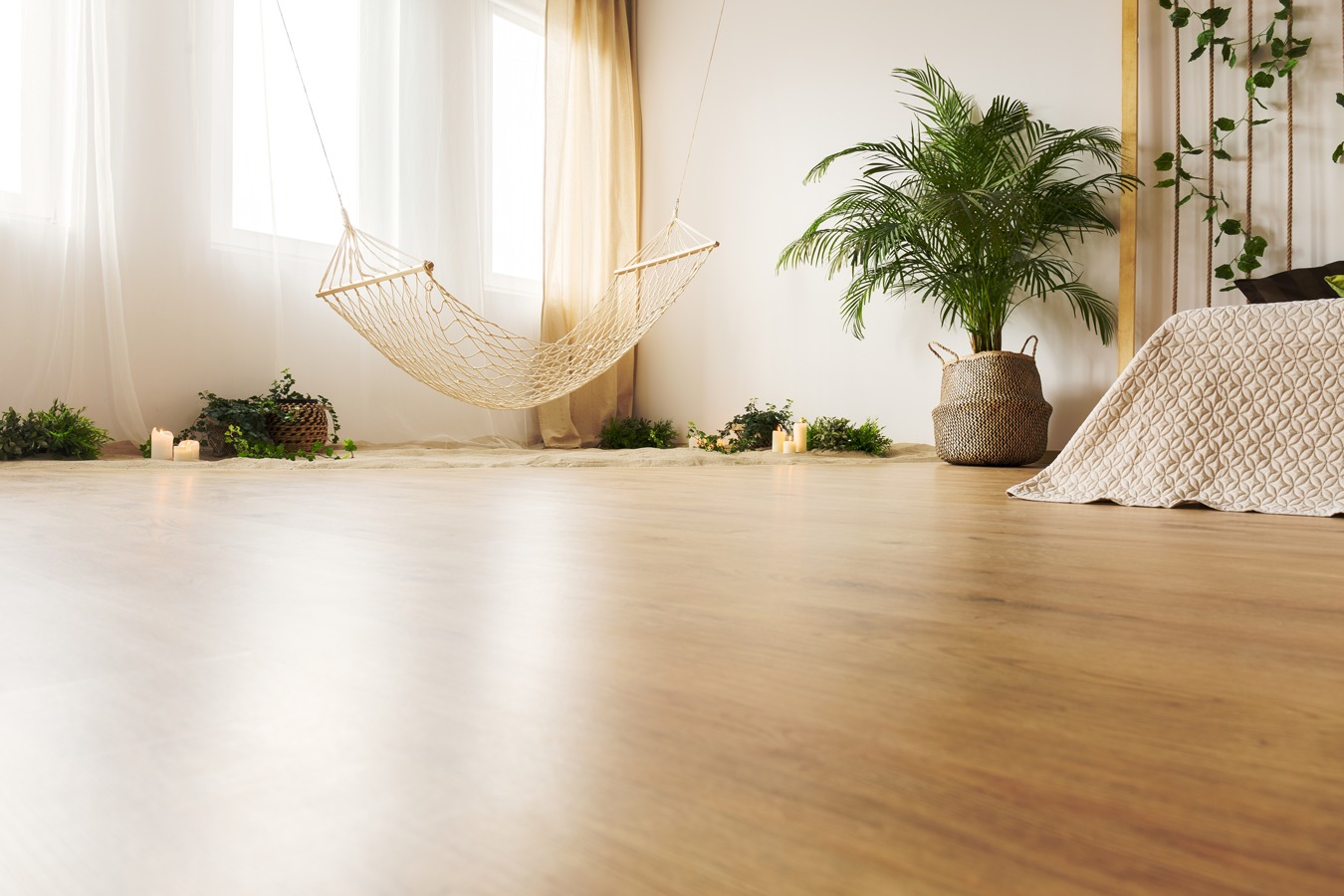
After extensive research, countless open houses, and a number of offers and counteroffers, you have finally closed on your dream home, complete with beautiful hardwood floors, stylish granite countertops, and even brand-new stainless steel appliances!
There is good reason to take pride in those hardwood floors since they help create a cozy atmosphere in your new abode while also being hypoallergenic since they do not trap dust: a double bonus.
Proper maintenance of your hardwood floors, however, is not purely an aesthetic matter it is also a commitment to financial responsibility.
That is because while your homeowner’s insurance may cover certain types of damage, such as issues caused by water, any claims you file with your carrier will have an impact on your policy, such as, for example, a premium increase.
Additionally, replacing flooring is a messy and costly endeavor, particularly if it is not a planned expense but suddenly undertaken due to an unlucky accident.
Below you will find three tips to help you tend to your floors like a professional:
1 – Clean and care for them properly
An ideal cleaning schedule consists of daily dusting with a microfiber cloth or mop in order to gather dust and weekly vacuuming and gentle cleaning with an appropriate hardwood cleaner.
Although wood is a sturdy material, remember that it used to be a living organism so care should be taken to avoid aggressive cleaning methods or liberal use of liquids, including water, vinegar, and soap.
All of the above may result in a dull appearance after repeated use. Devices such as steam cleaners, which apply both heat and moisture, can also cause cupping (i.e. “curling” of the floorboards where the sides of the planks are higher than the center) and lasting damage.
Apart from attending to regular cleaning, diligent care of hardwood floors should also entail monthly polishing in order to keep the protective finishing in tip-top shape.
The finishing on top of the wood itself sustains most of the erosion caused both by daily use and by regular cleaning so a good polish evens out this protective layer by filling any scratches.
In addition to appropriate cleaning, felt floor protectors on furniture legs and protective mats near points of entrance or high traffic areas such as hallways can help preserve your floors for longer by minimizing wear and tear.
On a less regular basis (every 3 to 5 years, for example) you can also undertake a deep clean or even have your floors sanded and refinished in order to eradicate any more noticeable issues such as deep gouges.
2 – Make sure your hardwood floors are protected from water or other damage that could be caused by features in your home, such as plumbing or appliances.
Covered scenarios under either your dwelling or personal property coverage usually pertain to sudden and accidental damage.
Those might be issues like a burst pipe or an appliance, like a washing machine, unexpectedly breaking down. However, your homeowner’s insurance policy will likely not cover problems stemming from improper maintenance.
So, for instance, if your hardwood floors are damaged because you did not take action to repair a leaky toilet or to update plumbing with recurrent issues, you may get stuck with the cost of addressing all of those issues yourself.
3 – Lastly, it is wise to be diligent about arming your prized hardwood floors against parasites
Parasites such as powderpost beetles or termites, and to periodically check for the presence of these unwelcome visitors so that they do not get the opportunity to spread. Powderpost beetles are a family of insects that burrow into wood and can, ultimately, reduce it to nothing but dust.
The two families most commonly encountered in Massachusetts are Lyctidae, which have a particular preference for hardwood items, and Anobiidae.
Subterranean termites also have an active population in Massachusetts and often swarm on warm, rainy days (so they are particularly active in the spring although heated buildings in wintertime can also attract them).
To avoid extensive and irreversible damage, carefully investigate any small, round holes on wood surfaces and consider consulting with a pest control company regarding establishing a prevention and control plan.
Each plank on your floor comes with its own story and the unique markings of the tree it was once a part of.
Help preserve its beauty and enjoy the charm of a loved home while also vying for a spot as homeowner’s insurance customer of the year!








